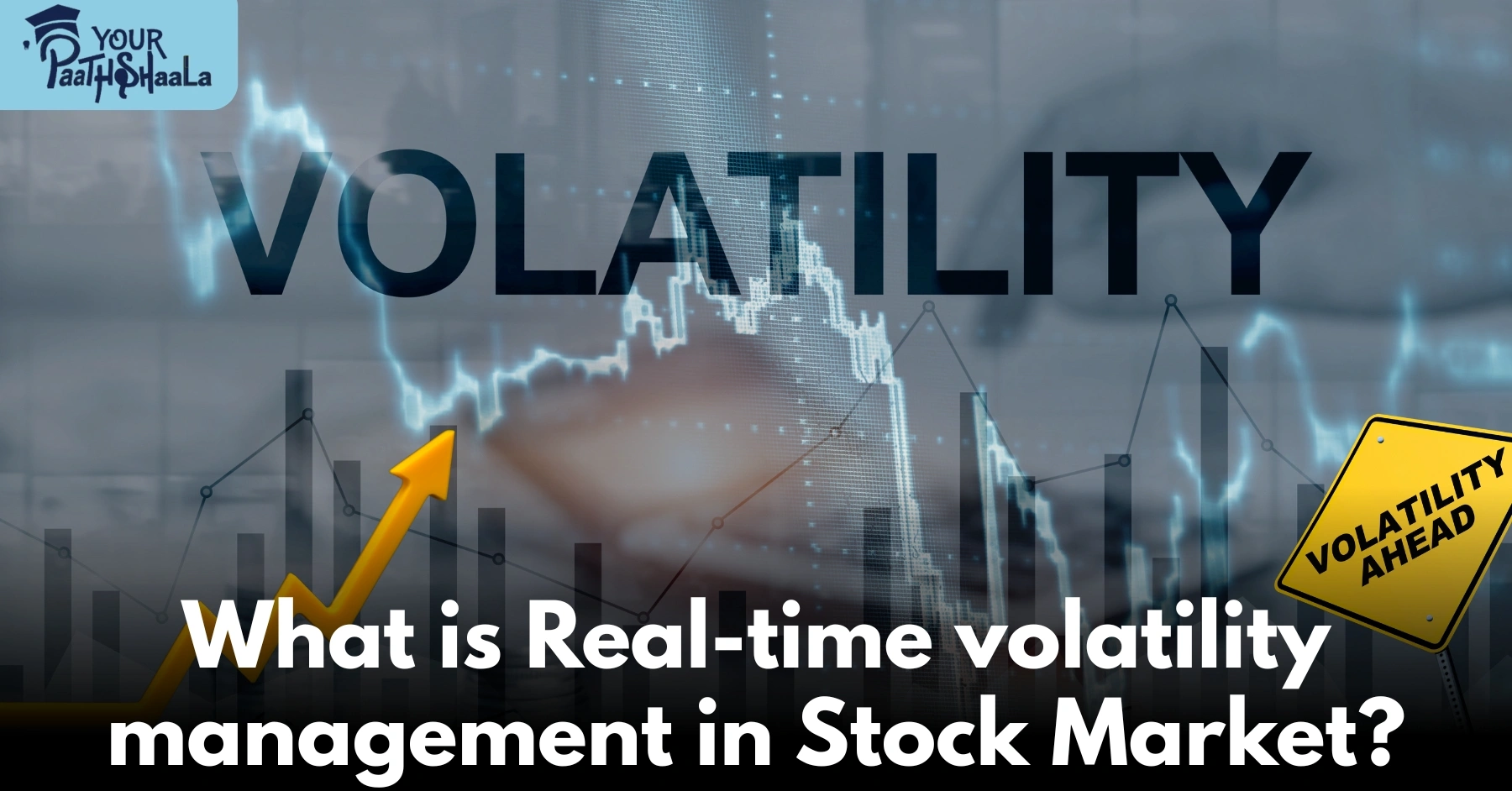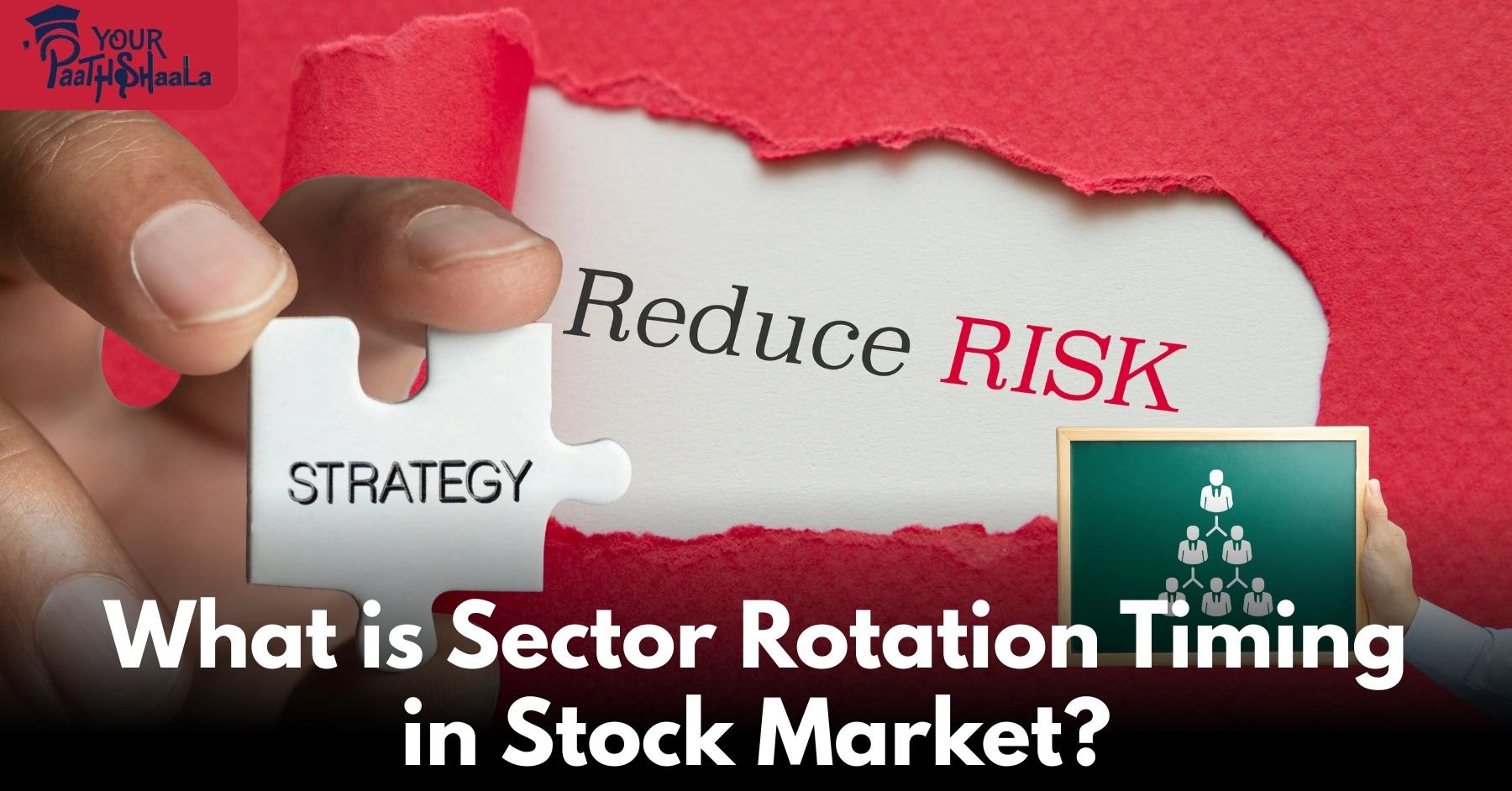Real-Time Volatility Management: How to Navigate Market Uncertainty Like a Pro
In the fast-evolving world of financial markets, volatility has become a constant companion. Whether it’s global economic shifts, political instability, or sector-specific disruptions, market movements today are more dynamic than ever. As a result, traditional, static risk-management strategies are no longer sufficient. What investors and traders need now is the ability to respond to volatility in real time.
Real-time volatility management has emerged as a critical practice for safeguarding portfolios, capturing timely opportunities, and maintaining long-term performance. It’s no longer just about riding out the storm—it’s about reading the wind shifts as they happen and adjusting your sails immediately.
This blog explores what real-time volatility management means, why it’s necessary, the tools that make it possible, and how investors—from beginners to professionals—can start using it effectively.
What is Market Volatility?
Market volatility refers to the degree of variation in asset prices over time. It reflects how quickly and unpredictably an asset’s value can change. High volatility means sharp price movements in either direction, while low volatility indicates relative stability.
Volatility is influenced by a range of factors:
Economic indicators (inflation, GDP, unemployment)
Interest rate changes
Corporate earnings
Political events
Global crises
Investor sentiment
While volatility is often seen as a risk, it also presents opportunities—if managed wisely.
Why Real-Time Volatility Management Matters
Traditionally, investors managed risk using diversification, periodic portfolio rebalancing, or long-term asset allocation. While these remain important, they are too slow to address the rapid market shifts that occur today.
Real-time volatility management empowers investors to:
Respond instantly to unexpected market events
Adjust their portfolios proactively, not reactively
Reduce potential losses during downturns
Capitalize on short-lived opportunities
In an era where a tweet or a geopolitical headline can impact global markets in seconds, speed and precision matter more than ever.
The Shift from Static to Real-Time Risk Strategies
Before the digital age, investors had limited access to live data. Decisions were often based on outdated information, printed reports, or delayed news. Today, real-time access to data and analytics tools has transformed how market participants manage volatility.
This shift is not limited to institutional investors. Retail investors now have access to platforms, apps, and technologies that offer:
Live pricing and volume data
Market sentiment analysis
Predictive risk modeling
Real-time news alerts
Automated alerts and trading triggers
The result? Individuals can now manage portfolio risks with the same agility once reserved for hedge funds and investment banks.
Key Tools for Real-Time Volatility Management
Managing volatility in real-time requires the right tools and data sources. Here are some of the most effective tools used by traders and investors today:
1. Volatility Indicators
Indicators like the VIX (Volatility Index) measure market expectations of volatility. A rising VIX signals fear or uncertainty, while a declining VIX suggests stability. Tracking such indicators in real-time can help you anticipate shifts in market sentiment.
2. Average True Range (ATR)
ATR measures how much an asset moves during a given period. A rising ATR indicates increasing volatility. It’s useful for adjusting stop-loss levels or assessing trade suitability based on current market conditions.
3. Bollinger Bands
Bollinger Bands dynamically adjust to market volatility. When the bands widen, it suggests increased volatility. When they contract, volatility is low. These visual cues can be powerful when watched in real time.
4. Price Action and Candlestick Patterns
Real-time charts provide valuable insights into buying and selling pressure. Patterns such as breakouts, engulfing candles, or trend reversals offer signals that can be acted upon instantly.
5. Real-Time News and Sentiment Feeds
Staying updated with breaking news, central bank decisions, or global incidents is critical. Tools that offer curated, real-time news (e.g., Bloomberg, Reuters, Investing.com) help investors assess risks as they develop.
6. Correlation Trackers
During high-volatility periods, correlations between asset classes can break down. Monitoring changing correlations in real time helps investors avoid false diversification.
Strategies for Managing Volatility in Real Time
Having the tools is only one part of the equation. Implementing effective real-time strategies is where real protection and growth happen.
1. Adaptive Position Sizing
Adjust your investment size based on current volatility. In highly volatile markets, reduce your position to limit risk. When markets stabilize, slowly increase exposure. Tools like ATR can help you size positions dynamically.
2. Trailing Stop-Loss Orders
Rather than setting a fixed stop-loss, trailing stops move in line with the market. If an asset rises, the stop-loss adjusts upwards. If the asset falls, the stop triggers a sell to lock in profits or minimize losses.
3. Hedging with Options
Options can act as insurance against market downturns. Protective puts, covered calls, and spreads are commonly used to hedge volatility while maintaining upside potential.
4. Asset Class Rotation
Shift your exposure from high-volatility assets to more stable instruments such as government bonds, defensive sectors, or gold when market conditions change rapidly.
5. Intraday Rebalancing
Instead of waiting until the end of the day, rebalance portfolios intraday based on volatility thresholds or trigger events.
6. Predefined Risk Protocols
Have clear risk protocols in place before volatility spikes—such as maximum drawdown limits or reallocation rules. When these thresholds are breached, act automatically, not emotionally.
The Role of Automation in Volatility Management
As markets move faster, automation helps investors maintain discipline and remove emotion. Many platforms allow users to:
Set alerts based on technical or fundamental triggers
Automate rebalancing actions
Preprogram hedging strategies
Use algorithmic orders based on volatility
Automation doesn’t mean giving up control. It means executing smarter decisions faster. Think of it as a co-pilot helping you navigate stormy skies.
Challenges of Managing Volatility in Real Time
Despite the benefits, real-time volatility management comes with challenges:
Information Overload: Too much data can overwhelm decision-making.
False Signals: Not all alerts are actionable. Some may lead to overtrading or unnecessary adjustments.
Latency in Execution: Even with real-time alerts, trade execution speed matters. Delays can result in slippage or missed opportunities.
Emotional Stress: Constant monitoring can lead to burnout or impulsive decisions.
The solution is balance: know when to act, automate where possible, and avoid micromanaging every market fluctuation.
Practical Scenario: Applying Real-Time Volatility Strategy
Let’s consider a real-world example.
Suppose you’re holding a mix of mid-cap Indian stocks. Overnight, global markets react negatively to U.S. inflation data. You receive real-time news alerts and see a sharp spike in the India VIX index at market open.
Here’s how you might respond:
Check which sectors are most impacted and reduce exposure in those areas.
Use ATR and chart indicators to adjust your trailing stop-loss levels.
Shift part of your capital into gold ETFs or sovereign bonds as a short-term hedge.
Set alerts for any price rebounds to re-enter selected positions later.
Within hours, your portfolio has shifted from being highly exposed to moderately protected—thanks to real-time insight and strategy.
Why Beginners Should Learn This Skill
Real-time volatility management might sound technical, but it’s increasingly accessible for beginner investors. Free tools like TradingView, Kite by Zerodha, and Upstox offer real-time charting, indicators, and alerts. News apps provide instant updates, and online platforms like YourPaathshaala simplify complex strategies for learners.
Getting started doesn’t require advanced math or deep financial knowledge—it requires awareness, patience, and a willingness to learn.
Final Thoughts
Volatility is an inevitable part of investing. The question is not if it will affect you, but how well you’ll manage it when it does.
Real-time volatility management offers a smart, flexible, and proactive way to handle market uncertainty. It shifts your approach from reacting to anticipating—helping you make calm, informed decisions under pressure.
Whether you’re a short-term trader or a long-term investor, building this skill can significantly improve both your performance and your confidence. It’s a crucial edge in today’s high-speed, high-volatility world.
Visit YourPaathshaala
Near Anjali Children Hospital, Tagore Nagar, Mathpurena, Raipur
PIN Code: 492001, Chhattisgarh Click the Call Now to start learning how financial systems really work! To check out the full article click here!













Add a Comment